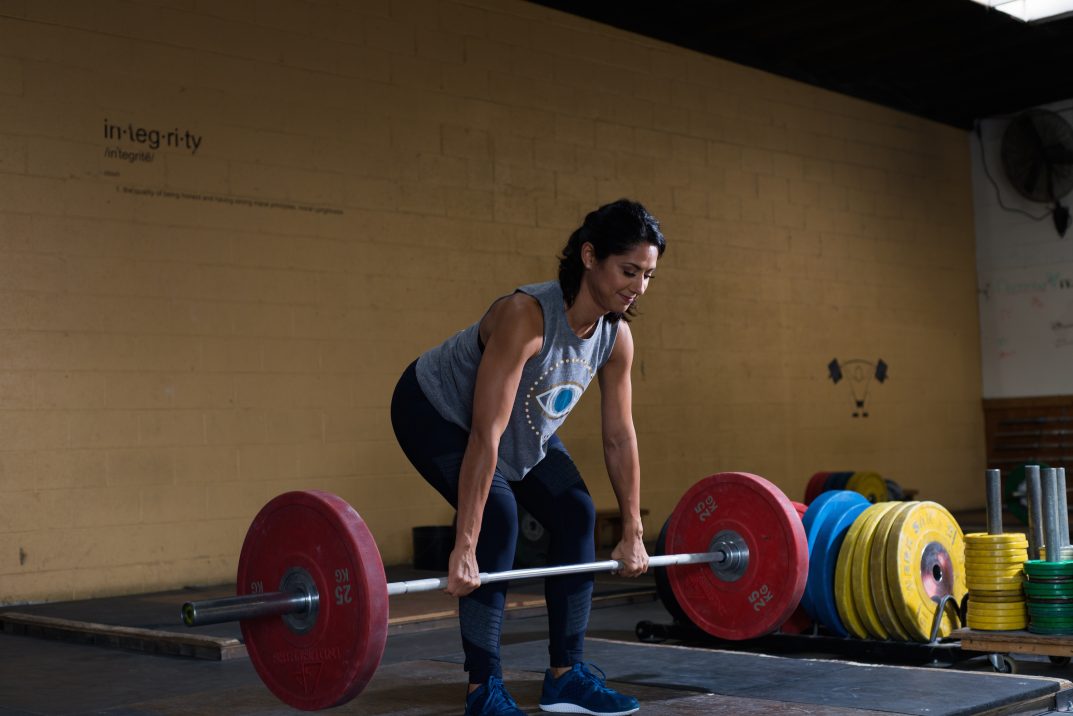B-stance exercises seem to be having a moment. It’s all over my Instagram feed, and as one coach jokinly said online “It’s so hot right now.”
Funny that it is, because the B-stance isn’t really anything new but I’ve found it incredibly valuable for my clients for a number of reasons. In fact, you can find the B-stance deadlift in my 12-week strength and cardio program Strong Body Fitness Guide.
So let’s break this bad boy down, shall we?
The Who, What, When, and Where
What: B-Stance Deadlift
Who is it good for: Everyone and their mamas.
Where to find it: In a gym or Instagram story near you
When to use it: Use it to learn or “grove” the hip hinge pattern without overloading the spine. Use it to work around an injury. Use it to work through an assymetries and build the booty (more on this below)
Here’s a demo from the Strong Body exercise library:
When I started using the B-Stance DL with my clients a year ago, it was primarily to get them to feel their glutes and hamstrings more in a hip hinge pattern. It’s also a great way to work in single-leg training without the issues that come up around balance. The support of the back leg allows for more balance and control while keeping the emphasis on the front working leg.
It’s like training wheels for the single-leg deadlift, which is hard enough without adding the wobbliness factor.
Additional Coach’s Tips and Notes:
- Use the B-stance DL to learn or groove the hip hinge pattern for newbies
- This is also an ideal exercise for someone working around an injury
- Use as an accessory exercise for athletes who want to increase performance and improve muscular imbalances
- Use it to feel your butt burn, because who doesn’t want that?
- This exercise is really ideal for hypertrophy (you can overload the movement without the balance problem), athletes who need to reduce asymmetries and get powerful, strong legs, and newbies trying to learn the single-leg deadlift
- At least 90% of your bodyweight should be on the front working leg. When you hinge, keep your back straight, slight bend in the back leg, and try to touch your butt to the back wall (or whatever is behind you)
- Ideal with dumbbells or kettelbells, but choose whatever works best for you.
- Soreness level: 100%

